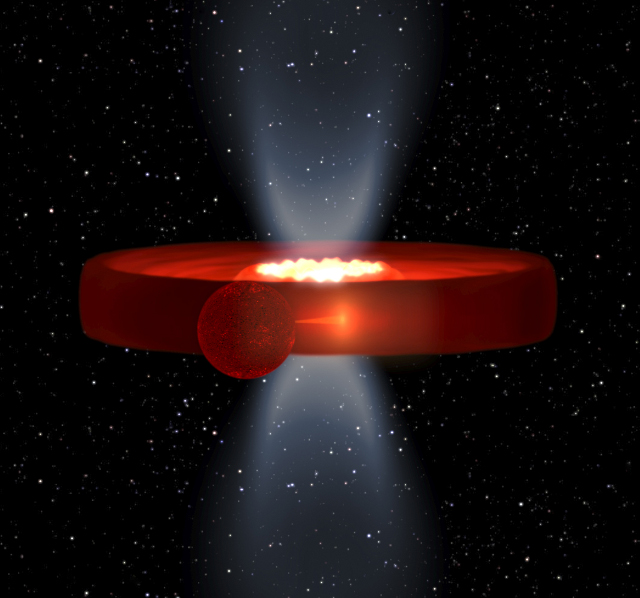The curious case of the hidden black hole
Ars Technica » Scientific Method 2013-02-28

If you want your pet black hole to be visible, you must feed it regularly. Only when a black hole gorges on a steady diet of gas or other matter does it shine. The disk of matter that orbits it heats up and emits large amounts of light, especially in X-rays. If you've got one of the supermassive black holes at the centers of galaxies, feeding it matter can create one of the brightest objects in the Universe.
But the smaller ones should also be pretty visible. And, while astronomers expect and have observed black holes comparable in mass to stars, their numbers are fewer than expected, even after decades of searching. Perhaps, as a new paper suggests, this is because many black holes are hidden by an opaque, donut-shaped disk of matter.
J. M. Corral-Santana and colleagues based this hypothesis on detailed study of a relatively faint, fluctuating X-ray source in the Milky Way. Their observations in X-ray and visible light revealed the signs of a binary system: an ordinary star in orbit around a black hole, similar to other systems, but with some key differences. For one, the star and black hole were so close together that the orbital period of the system was only 2.8 hours. For another, the matter being drawn off the star was obscuring the black hole when viewed from Earth. The authors hypothesized that many other black holes may be similarly hidden, and future searches should take that possibility into account.
Read 9 remaining paragraphs | Comments